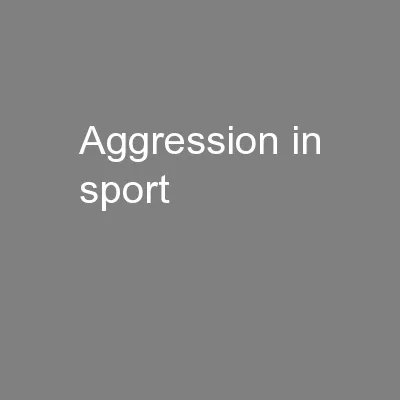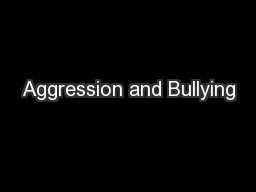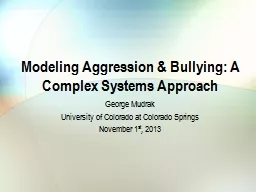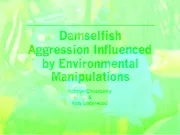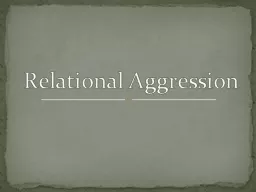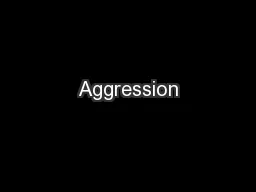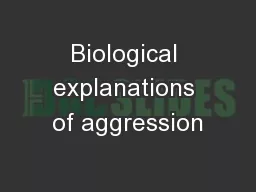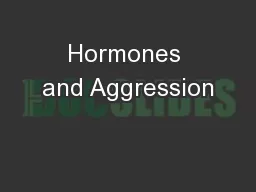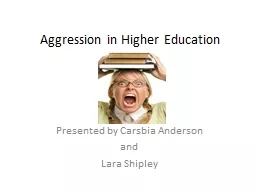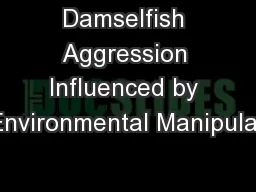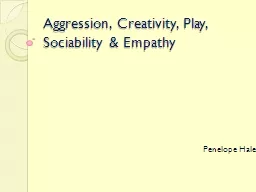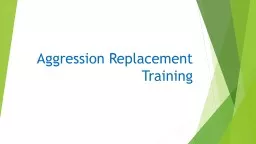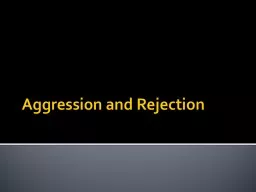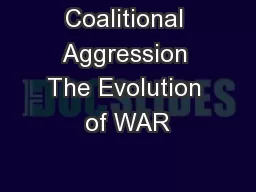PPT-Aggression in sport
Author : phoebe-click | Published Date : 2016-03-01
Definition Any behaviour that is intended to harm another individual by physical or verbal means Bull Any form of behaviour directed toward the goal of harming or
Presentation Embed Code
Download Presentation
Download Presentation The PPT/PDF document "Aggression in sport" is the property of its rightful owner. Permission is granted to download and print the materials on this website for personal, non-commercial use only, and to display it on your personal computer provided you do not modify the materials and that you retain all copyright notices contained in the materials. By downloading content from our website, you accept the terms of this agreement.
Aggression in sport: Transcript
Download Rules Of Document
"Aggression in sport"The content belongs to its owner. You may download and print it for personal use, without modification, and keep all copyright notices. By downloading, you agree to these terms.
Related Documents

